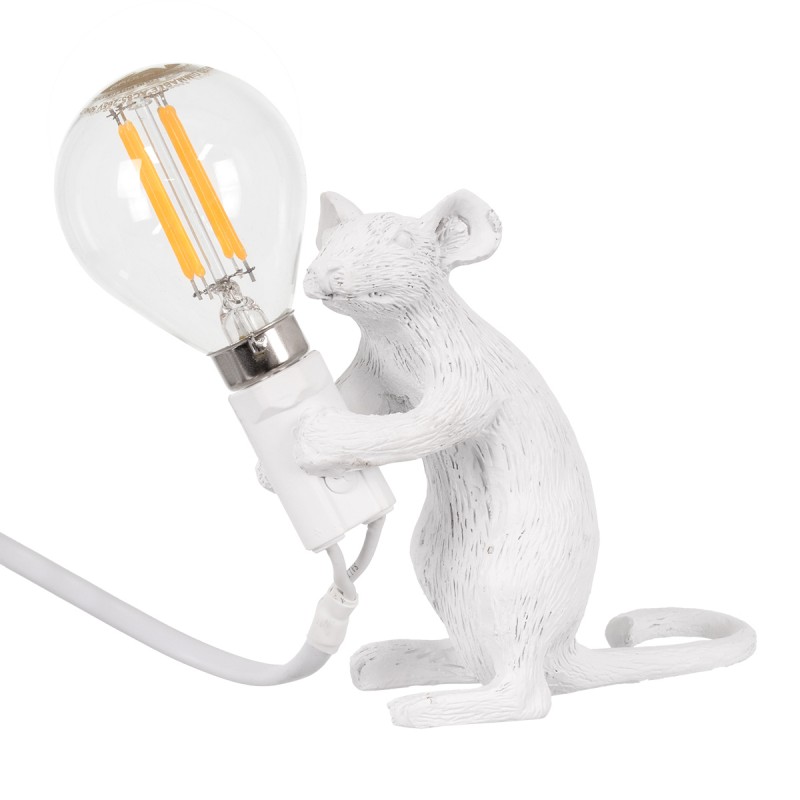
SUNWORN VINTAGE ~ DANA ANDREWS στο Instagram: "𝑺𝑼𝑵𝑾𝑶𝑹𝑵 𝑹𝒀𝑫𝑬𝑹𝑺 are back!!! The restock you've all been asking for!! I've made quite a few the last few days behind the scenes but can't…"

Ταχυδρομική τσάντα MINI LOVE BAG HALF MOON DENIM LOGO | με την προσθήκη δέρματος Pinko | μπλέ | Gomez.el

Ταχυδρομική τσάντα MINI LOVE BAG HALF MOON DENIM LOGO | με την προσθήκη δέρματος Pinko | μπλέ | Gomez.el

Αγορά Παντελόνια και Φούστες | Woman Vintage High Waist Skinny Jeans Fashion Korean Washed Coated Denim Pencil Pants Stretch Fare Jean Blue Plus Size 2020 New













/aldo-tsanta-farererel-13558883-asemi.jpg)
/aldo-tsanta-farererel-13558883-asemi.jpg)







/aldo-tsanta-farererel-13558883-asemi.jpg)